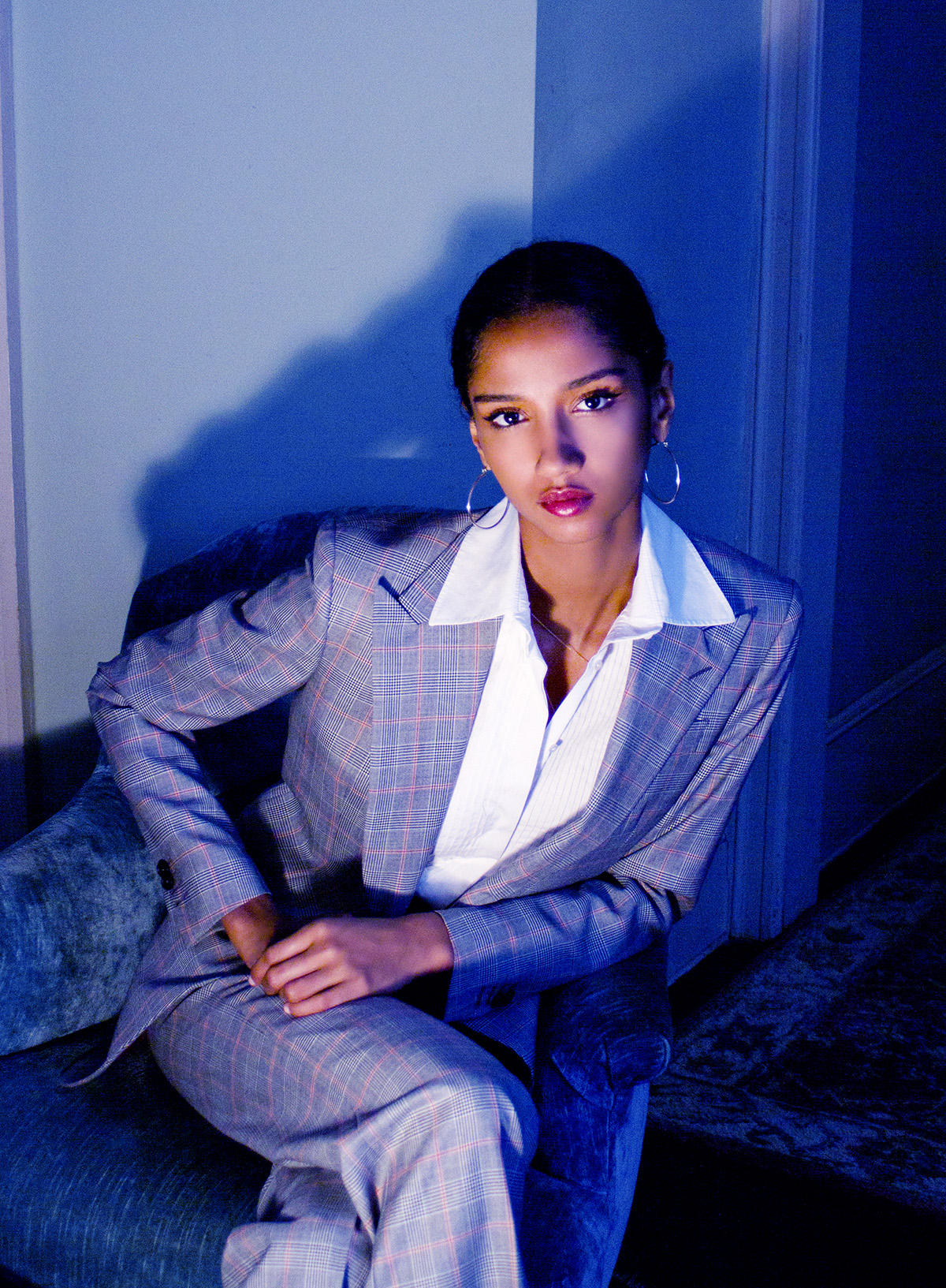
Nigel Curtiss’s brand is expanding into suits for women (modelled here by the designer’s daughter Aiden), luxury leather goods and less formal wear for men

Gauhar Kapparova
Nigel Curtiss makes suits for A-listers, with cuts and fabrics that fuse the wearer’s own personal style with a timeless elegance. LUX’s Editor-at-Large, Gauhar Kapparova hears how he moved from being a model into design, about his time in Japan, and what makes the perfect Curtiss capsule wardrobe
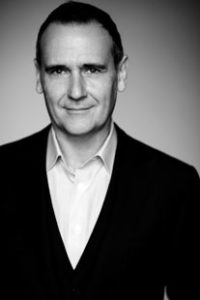
Nigel Curtiss
LUX: Why have you chosen to move entirely into custom design now?
Nigel Curtiss: I moved into custom design for many reasons. Firstly, for a pragmatic one, being a small luxury-level designer selling to retail was not fun anymore. Many stores, especially independent ones, were struggling and the problems were passed down the line. Secondly, I was becoming weary of the system, the cost of a show, the samples, a showroom, fighting for space on a shop floor, and most importantly my collection not being bought and displayed as I imagined it. I felt increasingly detached from the end user. In a way, I felt comfortable going in the opposite direction of fast fashion. Slowing it down, making it more personal.
Follow LUX on Instagram: luxthemagazine
LUX: You’ve said that you don’t design just clothes but an identity. Do you mean the client’s identity?
Nigel Curtiss: I feel that in modern-day fashion you end up wearing the personality of the designer. In many cases you are shouting that from the rooftops by wearing their logo. It is not so much about the personality of the wearer but being part of a tribe. My clients generally prefer to show their own personality. I work closely with them to understand what makes them tick. The clothes need to complement the person, not take over. There is an underlying theme in what I do – amazing fabrics, lightweight construction, comfort and perfect fit. The client gives me the clues to do the rest.
LUX: Do you notice a style divide between your clients in the US and the UK? Does your design approach change accordingly?
Nigel Curtiss: No, I don’t. Maybe because the clients who want to work with me have the same desires and all demand the best. The only location-specific changes are due to climate. Clients in Miami can’t wear what I sell in NYC in the winter.
LUX: Clean, uncomplicated lines are a signature part of the Nigel Curtiss look. Do your clients inspire you to add design touches that tap into their personal tastes or lifestyle?
Nigel Curtiss: Absolutely, that happens all the time. Quite often, when I understand that they have a more expressive personality, I will suggest some details that will make the difference without taking over the garment.
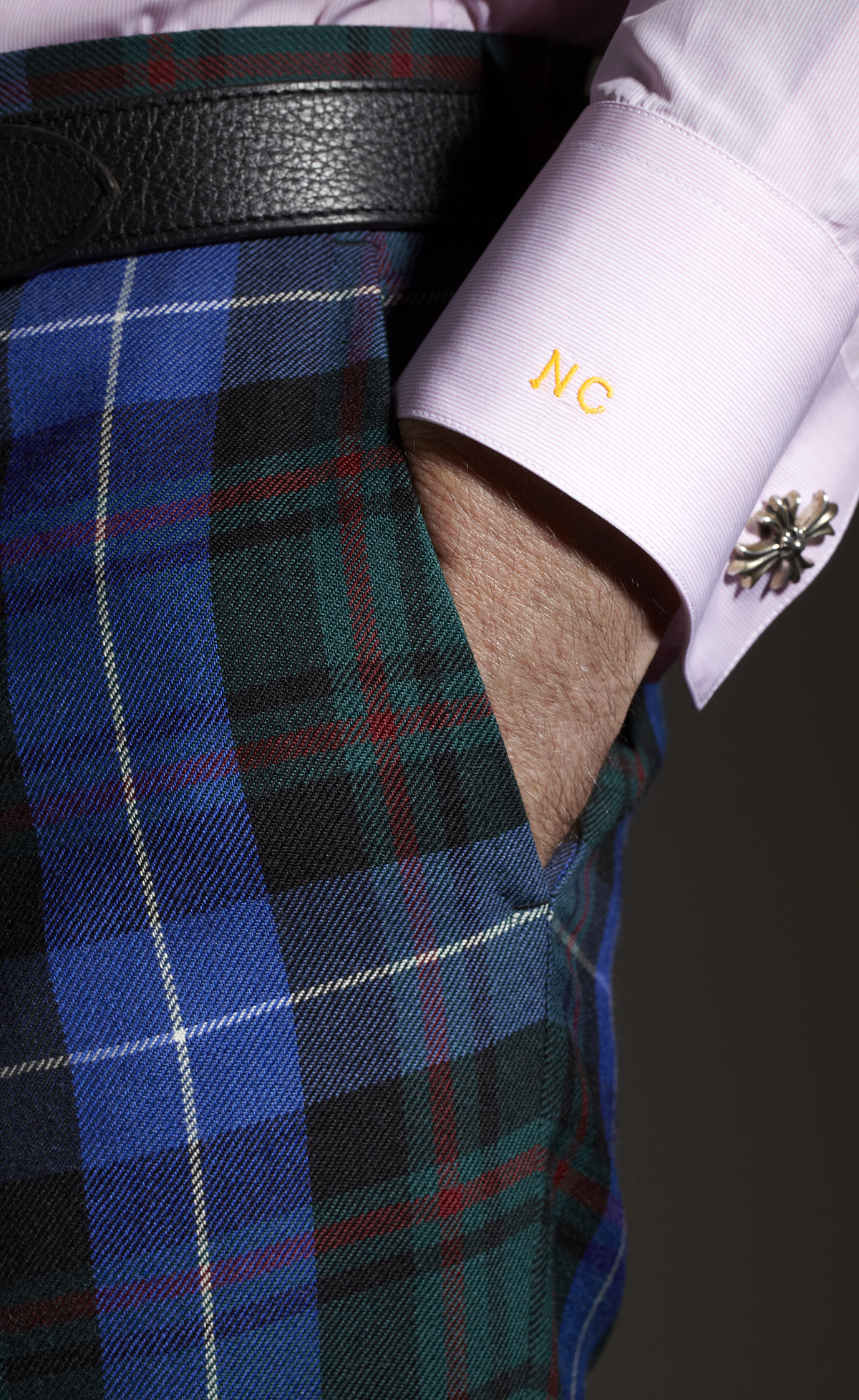
LUX: You began an almost decade-long tenure working at Comme des Garçons after first being cast as a model for them. How did you make this transition?
Nigel Curtiss: I guest lecture at Parsons School of Design and get asked this question a lot! I always say that I think I’ve had a lot of luck in my career, but that I made my own luck. I modelled in the first CDG show in Paris. They didn’t use models, compliments”, or “My wife says I look great/sexy in this”. That’s when we know we’ve cracked it.
LUX: Made-to-measure tailoring that doesn’t date taps into the idea of slow fashion. How sustainable is your business?
Nigel Curtiss: Sustainability is becoming so important. Made to measure is already a far more sustainable fashion option. We have no dead stock, in fact no stock and no landfill. What we do isn’t a passing fad. My clients wear what I make them for years until it’s worn out, and that’s a long time. Also, we try to limit our carbon footprint and are looking at biodegradable packaging, recycled hangers, and so on.
Read more: Fine dining on the ski slopes of Andermatt, Switzerland
LUX: Quality fabric is a cornerstone of your design ethos. Who makes the best fabrics?
Nigel Curtiss: There are so many great sources of fabric. English wools; Italian wools, shirting and silks. I love Japanese fabrics, too. But for me, it has to be amazing quality, beautifully designed and close to my manufacturing base. I’m not going to ship fabric half-way around the world.
LUX: Has a particular fabric ever inspired a design, rather than vice versa?
Nigel Curtiss: For me, the fabric is always the starting point. I don’t design first then look for a fabric.
LUX: If you could ban one item of men’s clothing, what would it be?
Nigel Curtiss: This is one of those questions that always comes back to haunt you. I can’t think of anything I hate except anything that’s boring. Oh, and fast, disposable fashion.
LUX: What five pieces make up the perfect Nigel Curtiss capsule wardrobe?
Nigel Curtiss: Only five? That’s going to be tough. Charcoal-grey suit. Navy sports coat (you can wear it with the charcoal pants). Perfect slim, dark denim jeans (you can wear them with both jackets). The perfect white shirt, and a pale blue one (if that doesn’t count as my fifth item). The Nigel Curtiss navy polo shirt. It’s my classic and all my clients buy it. The collar stands up just perfectly to wear with a jacket or without. I have some high-profile clients who wear them with a suit on a daily basis. That’s six or seven outfits!
Read more: Artist Richard Orlinski on pop culture & creative freedom
LUX: You have a great celebrity following, with Kyle MacLachlan, David Schwimmer, Pierce Brosnan, Jeff Goldblum, and so on. Is it different designing for the red carpet?
Nigel Curtiss: The vast majority of my red-carpet attendees are the powerful men behind the scenes – the studio heads and the top executives. They are happy to be more low profile. I’m always very happy to work with any celebrities and dress them so they stand out in the most positive way. It shouldn’t be about the clothes.
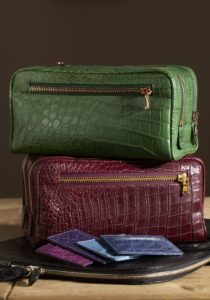 LUX: You also dress a lot of high-profile athletes and sportsmen. Do you take a different approach to designing their clothes?
LUX: You also dress a lot of high-profile athletes and sportsmen. Do you take a different approach to designing their clothes?
Nigel Curtiss: We try to use more performance fabrics, with natural-stretch, cool, lightweight fabrics. We might need to work more on the silhouette, but the concept stays the same.
LUX: Who will you be dressing for the 2020 awards season?
Nigel Curtiss: Well, we are already working with a few but I’m not at liberty to say anything yet. Also, you really don’t know until the day.
LUX: What is the first thing you notice about a good suit?
Nigel Curtiss: The balance. The fit can be altered for a client but if the balance is off, then it will never be right. But I can’t think of a design detail that I would look at and say it’s ruined the suit. I’m happy to look at creativity in context.
LUX: Are there rules for dressing well or is this an outdated concept?
Nigel Curtiss: Being British, we were brought up with so many rules. For dressing, for how to eat, the list goes on. Working with Rei encouraged me to re-evaluate those rules. I don’t like them. However, I think that if you are unsure about how to dress, then rules can help you feel better about what you are wearing. Some of my clients need to start in that place and then we edge them towards being confident in what they are wearing. Compliments help a lot!
LUX: What is next on the horizon for the Nigel Curtiss brand?
Nigel Curtiss: A proper, luxury Nigel Curtiss women’s tailoring brand is very close. Watch this space.
View the collections: nigelcurtiss.com
This article was originally published in the Spring 2020 Issue.



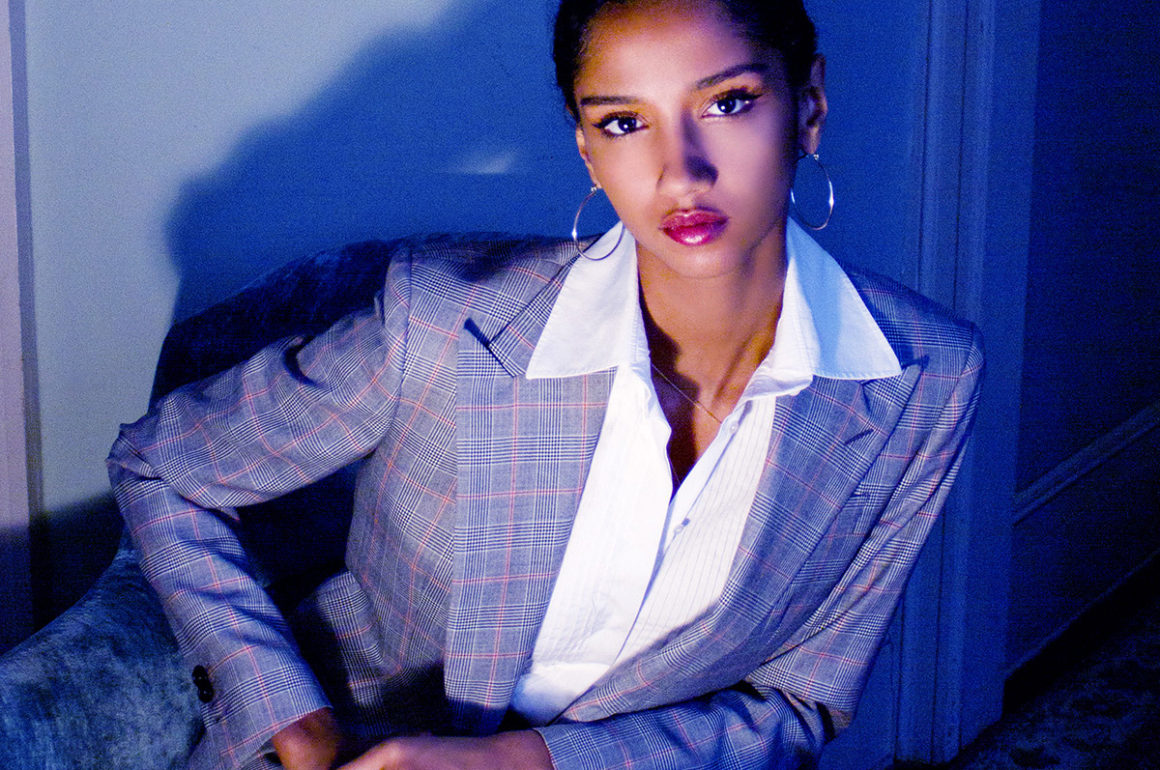
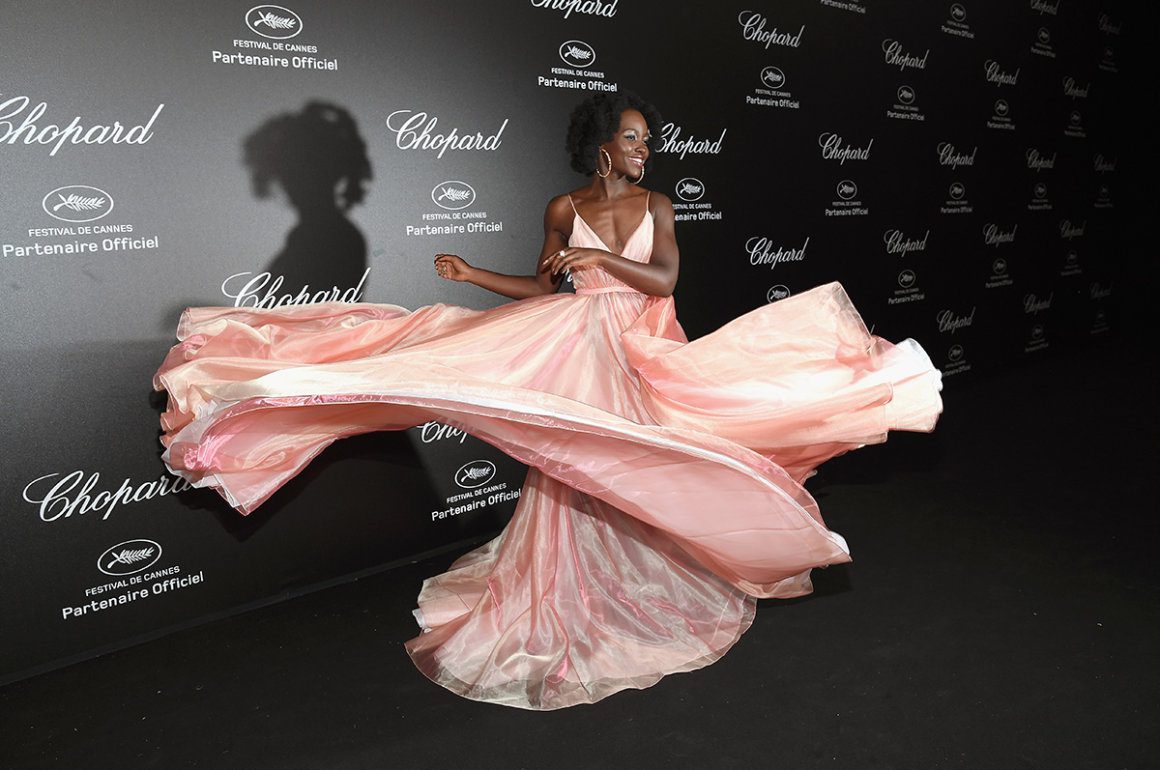
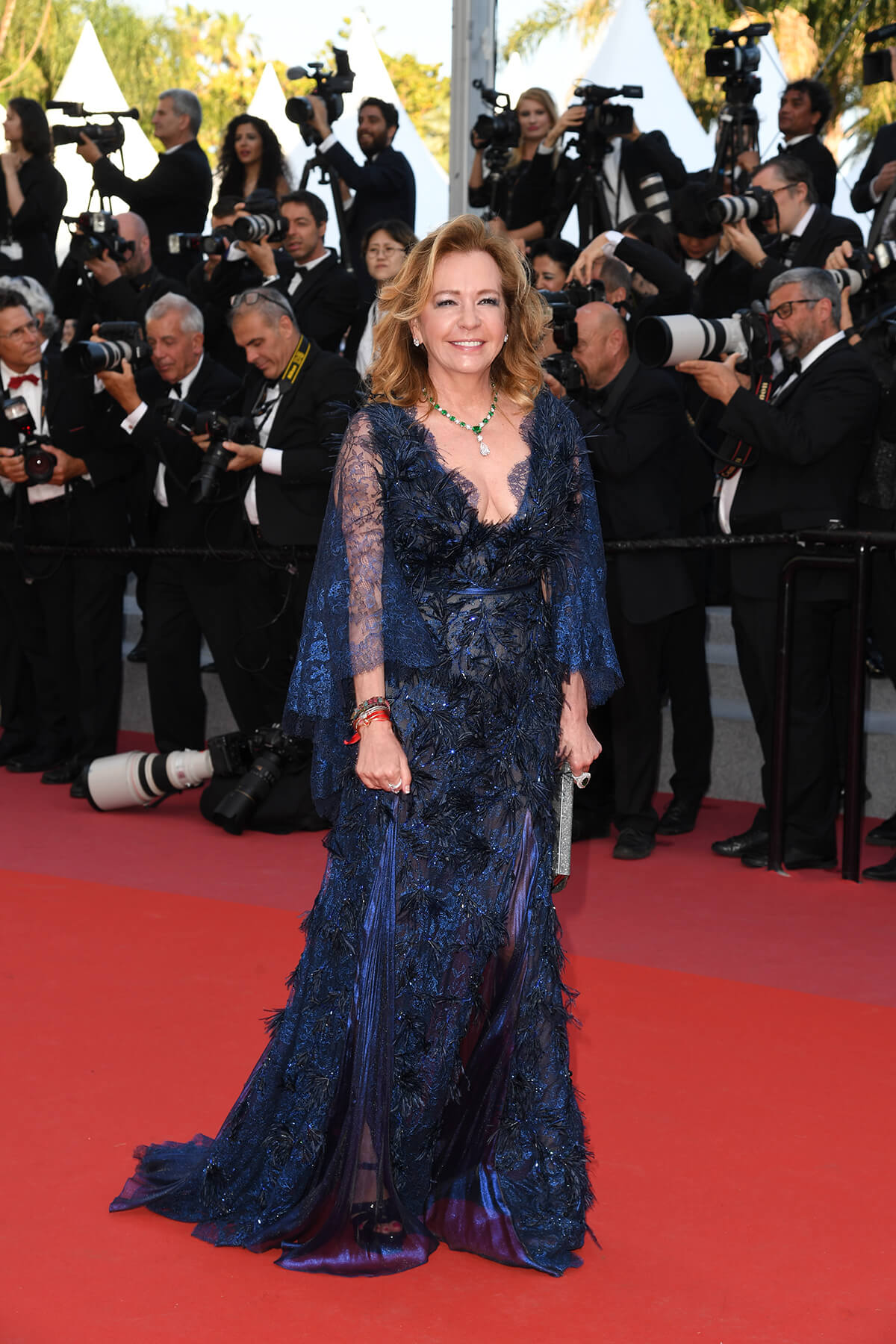
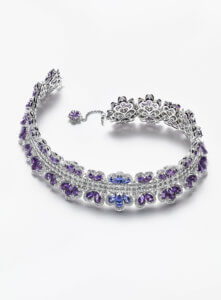
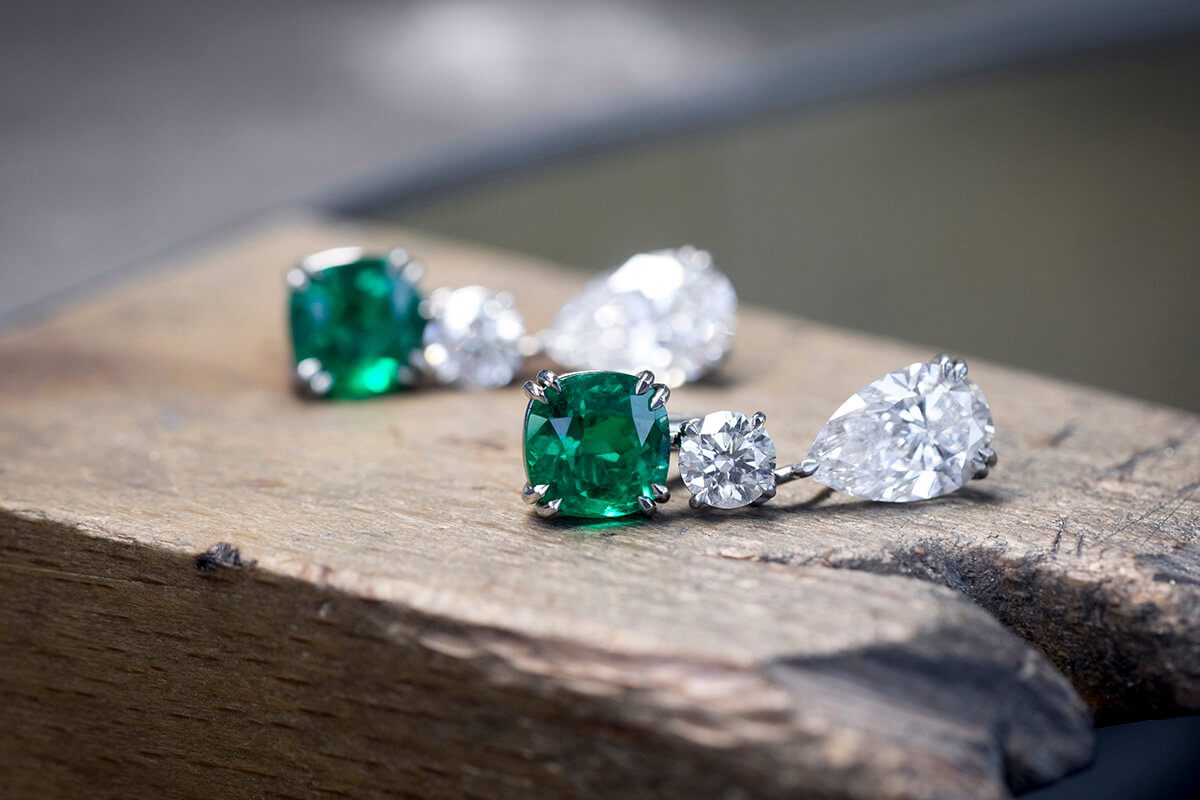
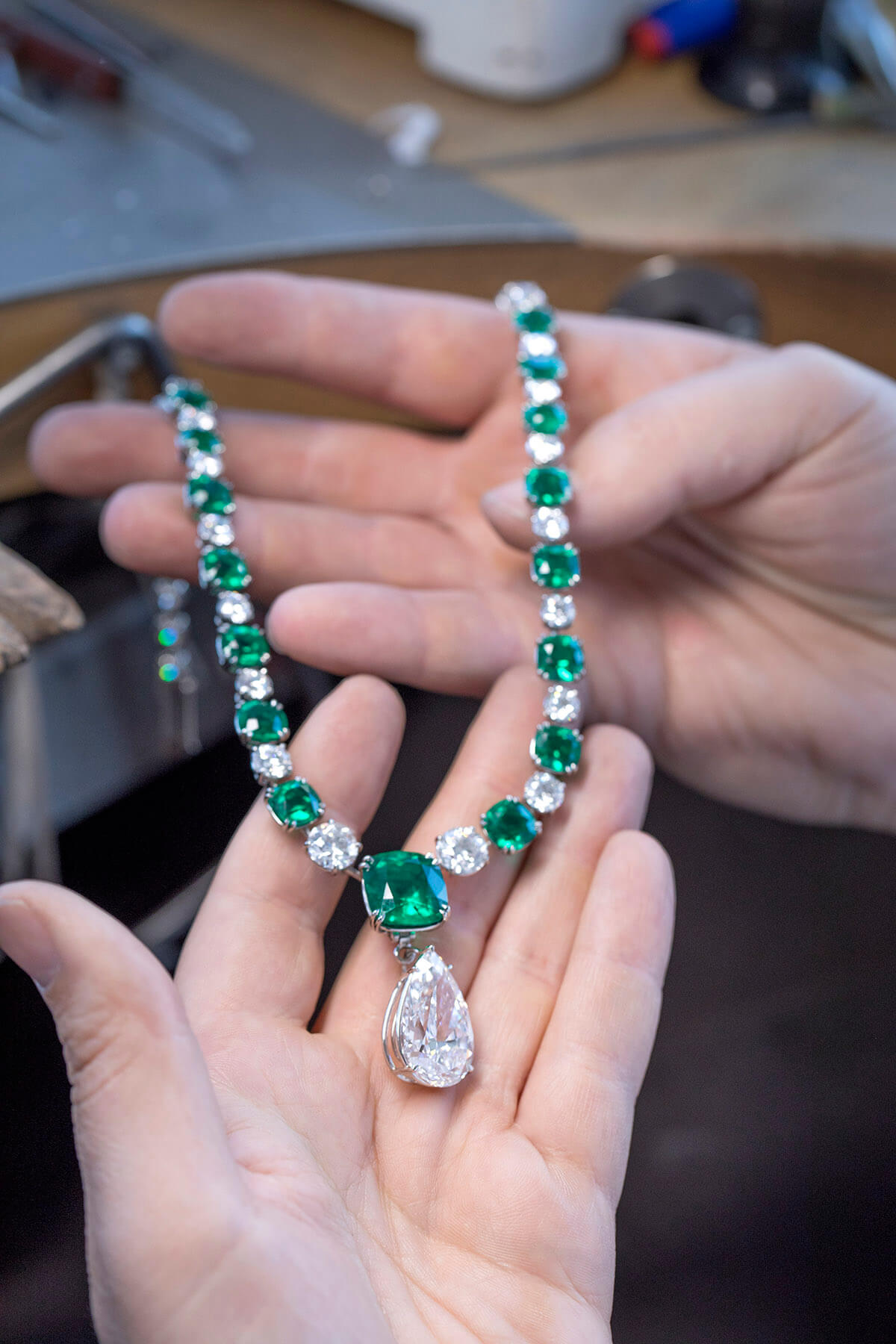
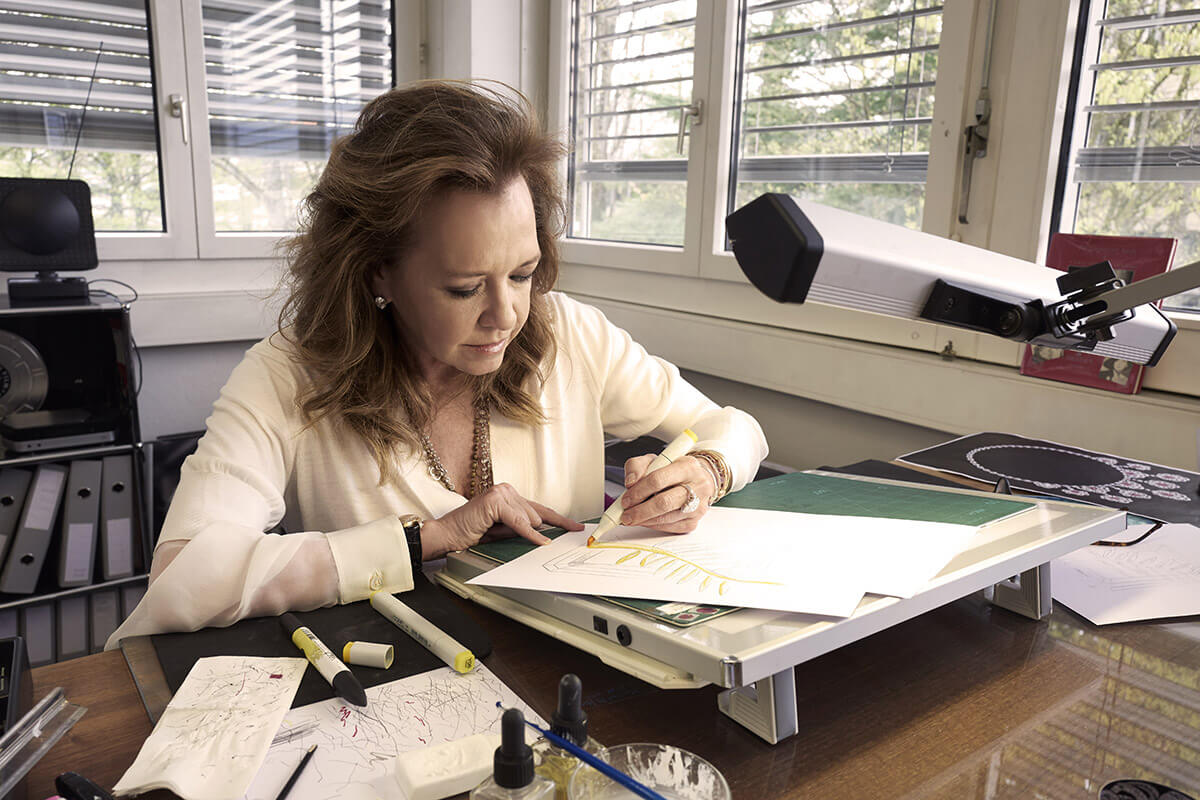
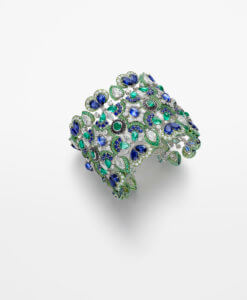
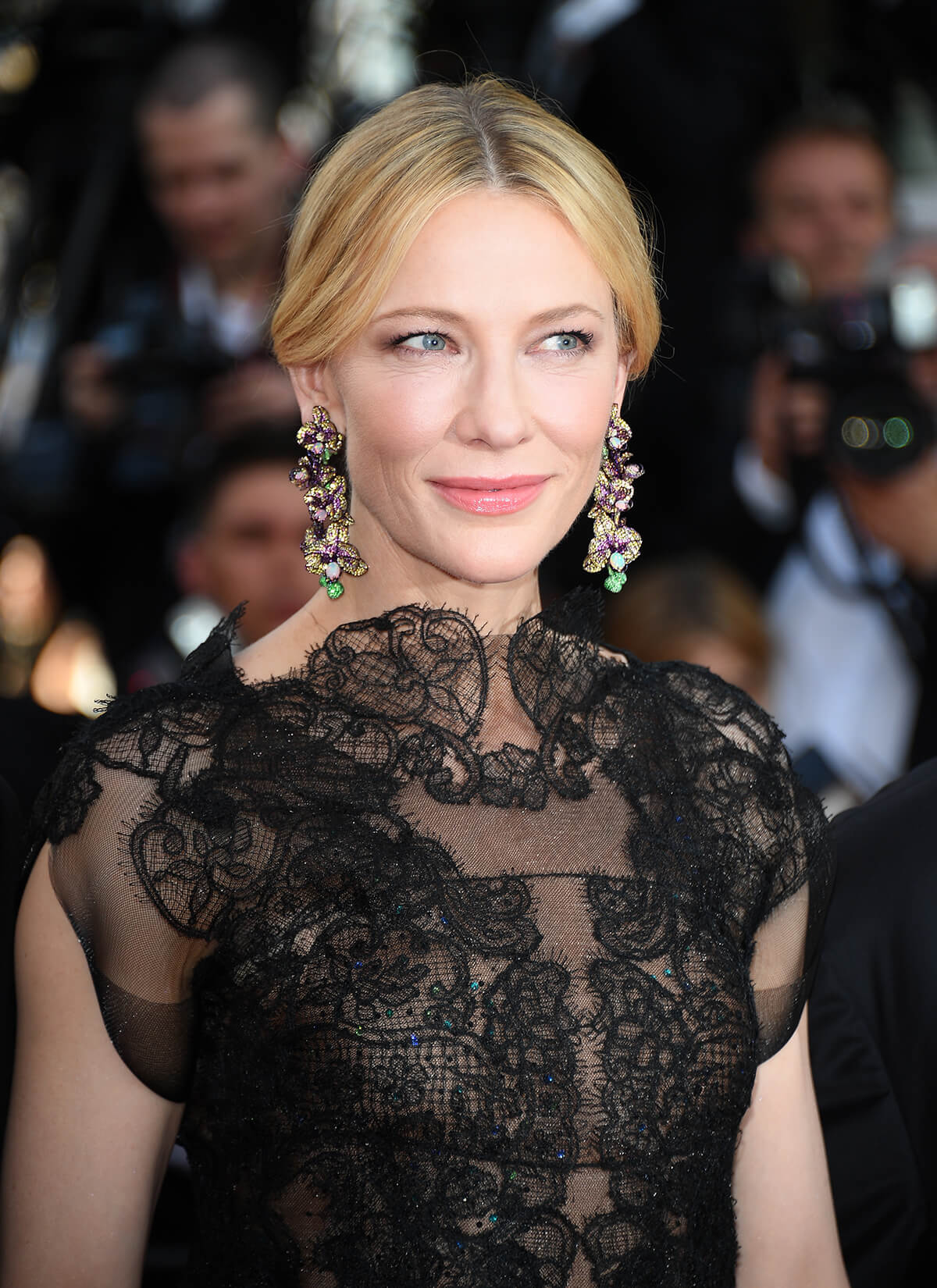
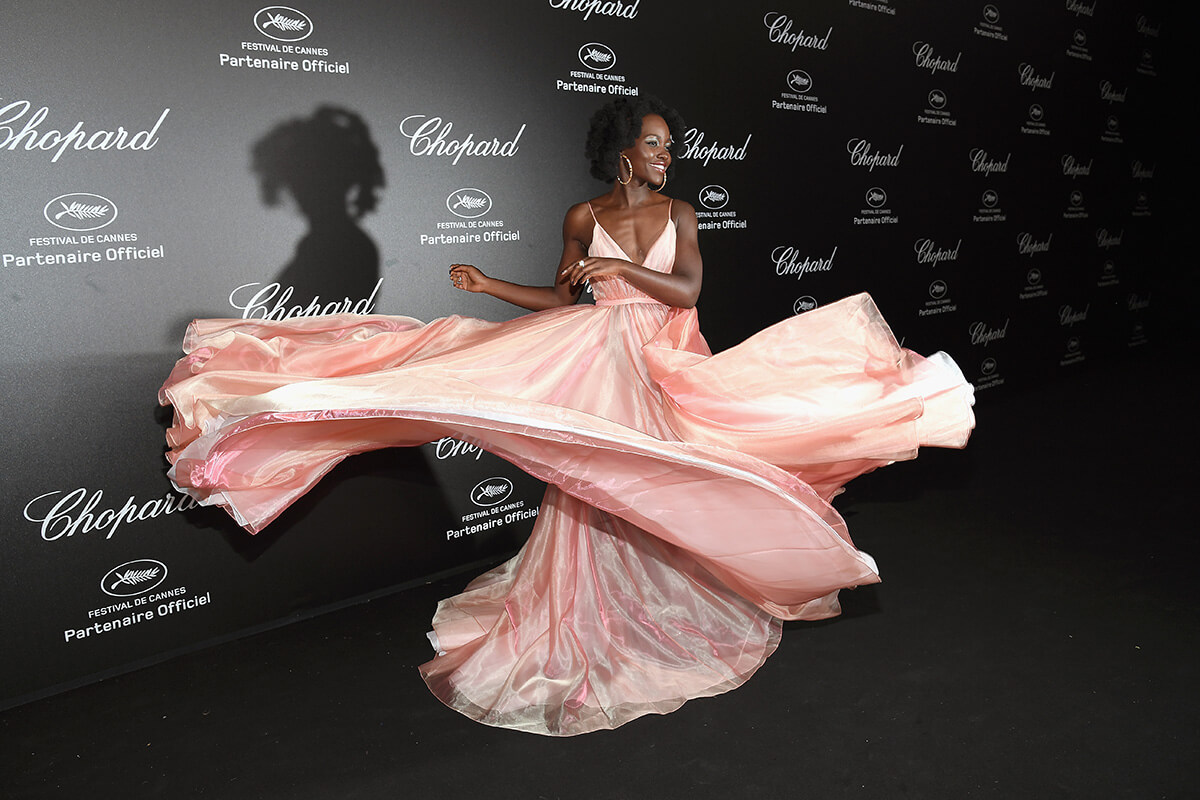
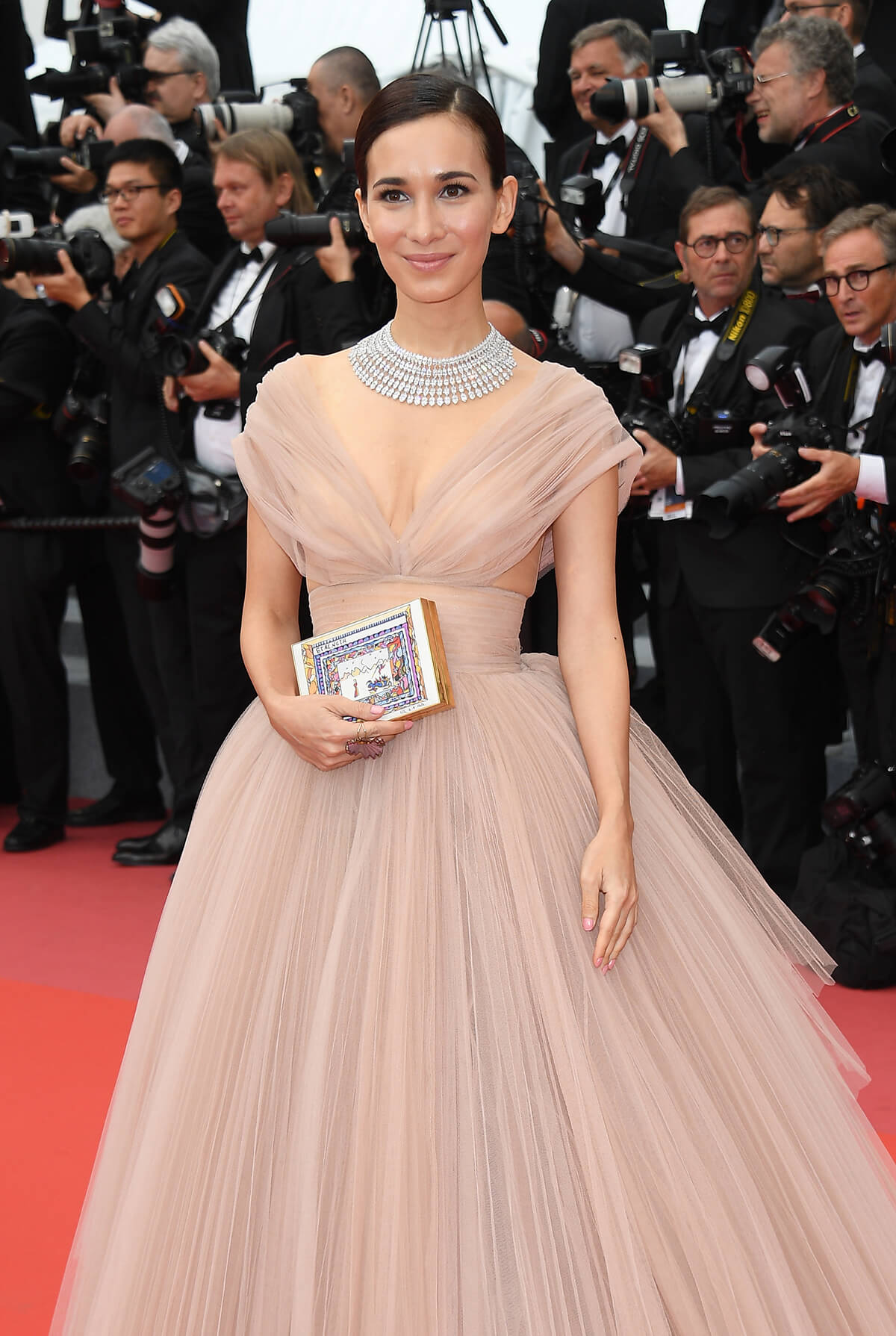
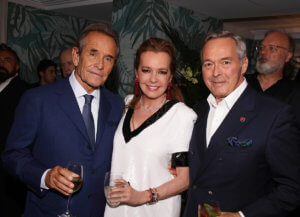
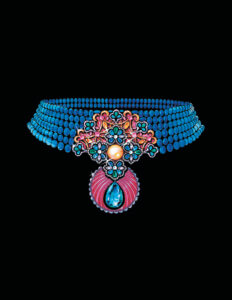





Recent Comments